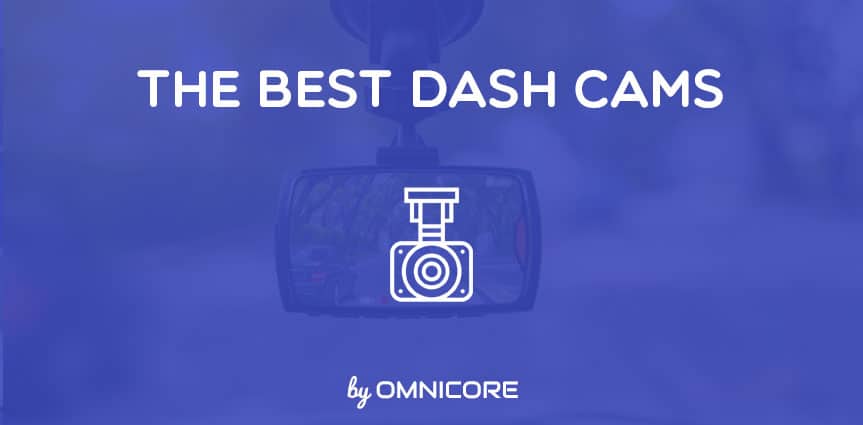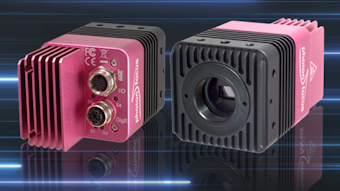
A new gesture control system could change the way we use in-car infotainment. Download sierra wireless usb devices driver. Stuart Nathan reports
Drivers Research In Motion Cameras Surveillance

The best way to avoid being distracted while driving is simply to keep your eyes on the road. But human nature dictates that drivers want to do other things. So many people have become accustomed to the conveniences of smartphones – from being able to consult constantly-updated information to simply keeping in touch with people via social networking, while having your full library of music at your fingertips – that they are unwilling to give this up, even while in control of several tonnes of high-speed metal. The covergence of satnav with smartphones is another contributing factor.
What is bbdevmgr.exe from Research In Motion Limited? Bbdevmgr.exe is part of BlackBerry Device Manager driver. Find out what bbdevmgr.exe is doing on your PC, and if it is safe and stable, detailed performance information and how to remove it. Distracted drivers who use their phones to talk, text, access the internet or even play mobile games all while their vehicle is in motion. The National Highway Traffic Safety Administration (NHTSA) conducted a literature review on the effect of electronic device use on pedestrian safety and found that. All Cameras Research In Motion Research In Motion Cameras with Sample Photos. Model: Marketed. Research In Motion BlackBerry Z10: 2013: 8: 121: BlackBerry 8100.
So, as people are going to use infotainment while driving anyway, what’s the best way to allow them to do that safely? In-car audio specialist Harman, which provides systems for marques such as BMW, Audi, Jeep and Ferrari, is trying to come up with solutions to the problem.
Different car makers have different preferred options. For example, Volkswagen likes having touch-screens. But these have to be placed high in the dashboard so that the driver’s eye can flick easily and quickly from the screen to the road. The layout of the cabin means that the screen is therefore a considerable distance from the driver – further than he or she can reach by just taking a hand off the wheel. So as well as taking your eyes momentarily from the road, you have to lean forward a bit.
Audi, meanwhile, prefers a system with a screen that doesn’t respond to touch, and a separate controller placed near to the shift lever or gearstick, which can be operated simply by the driver dropping his or her hand downwards without otherwise changing position. This can be a twist controller – a knob that moves a cursor down a list of options on a viewscreen – or a touch-sensitive pad. For example, the destination for a satnav can be selected by drawing the initial letter of the placename onto the surface of the pad – p for paris, say – then using the twist knob to move through options. Although this generally entails looking away from the road for longer, the ability to remain in the driving position is seen as safer than having to move while looking at the screen.
One answer is to borrow a bit of technology that was introduced by the defence sector some decades ago: the head-up display (HUD). If it helps fighter pilots keeps their attention where it belongs, surely it can do the same for car drivers? The principle is straighforward: show the vital information in the same area that the driver is looking, on the windscreen itself. But in practice it’s not that simple: the information still has to be shown in such a way that it doesn’t obscure safety-critical parts of the windscreen, and there still needs to be a way for the driver to interact with the information – select items of importance, activate functions and so on – in such a way that it doesn’t break their concentration.
Harman’s answer to this is to combine a head-up display with gesture control. Currently only embodied as a demonstration unit and not yet incorporated into a car, the system projects a display onto an angled glass sheet placed on top of the dashboard – it functions something like an autocue, although in a car it would project onto the windscreen.
“To turn the music in the car down, the driver places his or her hand above a control knob by the gear selector and moves it up or down sharply. To turn it off, you make a gesture like patting an invisible dog, twice

The information on the display is integrated with displays on the dashboard and on the instrument console, but what is displayed on the HUD varies. When driving, for example, it will only display information vital to the task (that is, not phone calls). A camera in the front of the car works as a machine vision device, measuring the distance to the vehicle in front. Information such as direction arrows for satnav, the current speed limit of the road and the car’s speed are displayed ‘on the road’ between the front of the car and the vehicle in front.
The infotainment system incorporates a wi-fi hotspot so that it can stream traffic news and weather reports. This information is displayed on the dashboard display, but can be moved up to the HUD using gesture control. This uses a system similar to the Microsoft Kinect gaming console: sensors in the dashboard monitor the driver’s movements, recognising specific programmed gestures. For example, to turn the music in the car down, the driver places his or her hand above a control knob by the gear selector and moves it up or down sharply. To turn it off, you make a gesture like patting an invisible dog, twice.
When the car is stationary, functions such as the phone are enabled. If someone rings, an icon for the caller is displayed at the lower left-hand side of the HUD. To answer the call, you point to the icon. To dismiss it, you sweep it away. Similarly, information such as weather conditions can be swept up from the dashboard onto the HUD. The advantage of this, according to Harman, is that the driver’s eyes never have to refocus; all the vital information is displayed at a convenient distance, making use of peripheral vision but not requiring any change in attention.
The system also works as an alarm. For example, when the front camera system detects that the car is too close to the vehicle in front for the speed at which it’s travelling, it displays a warning signal on the HUD (the direction arrow for the satnav turns red) and it can also sound an audible alarm. Similar warnings can also be set if the car drifts out of its lane. Further sensors on the side of the car detect vehicles in the driver’s blind spot and provide another HUD alert.

Just to add a level of in-car comfort, the system also has a driver-facing camera equipped with face-recognition system, which can be programmed for regular drivers. This automatically sets up the car for a particular driver’s preferred settings, such as their seat position, steering wheel rake, ideal temperature and favoured radio stations. Provider Card Reader driver.
Harman is currently demonstrating the system at specialist exhibitions and to its regular customers, and is optimistic that it could be on the market within five years. ‘It’s a totally logical step for us,’ said vice-president for infotainment and lifestyle Michael Mauser. ‘The automotive sector is moving towards greater in-car connectivity and Harman is ideally positioned to make this technology part of the smart, responsive control systems.’
By ABUS Security-Center Increased security, everywhereSimple operation worldwideWith the mobile application, operation of the Secvest is intuitive and secure from any location. ABUS Security-Center GmbH & Co. KG carefully checked the linked external websites at the time of publication and no potential legal in-fringements were identified at the time the link was established. We have no influence on subsequent changes. Liabil-ity of ABUS Security-Center GmbH & Co. KG is therefore excluded. Subject to technical. Find ABUS Security-Center software downloads at CNET Download.com, the most comprehensive source for safe, trusted, and spyware-free downloads on the Web. ABUS CMS is used to operate multiple ABUS recorders in one system. These can be located across multiple sites, and a mix of technologies (IP, analogue, analogue HD, HD-SDI) is also possible. Its range of functions is also suitable for larger systems, such as in chain stores, shopping centres and monitoring stations. Drivers secvest abus security center. In this area of the ABUS website, you can find our freely available online media and materials. In our media center, you can download videos, use our practical checklists, and much more. Help ensure that this section “lives.” Send your comments and suggestions to info@abus.de.
The system is, in fact, surprisingly intuitive, in much the same way that a touch-screen tablet turns out to be easy to use. Although it’s impossible to replicate the demands of driving in a static display, the visual feedback of moving display items from HUD to dashboard and back while making simple gestures is easy to understand and quickly becomes second nature, without the need to take your hands off the wheel for longer than it would take to change gear or switch on the headlights, for example.
Drivers Research In Motion Cameras Wireless
What springs to mind is the gesture-controlled display device in the film Minority Report, where unneeded items can be swept out of the way. Although Minority Report also had flying cars, and while Harman’s system is futuristic, it’s not that futuristic.

Comments are closed.